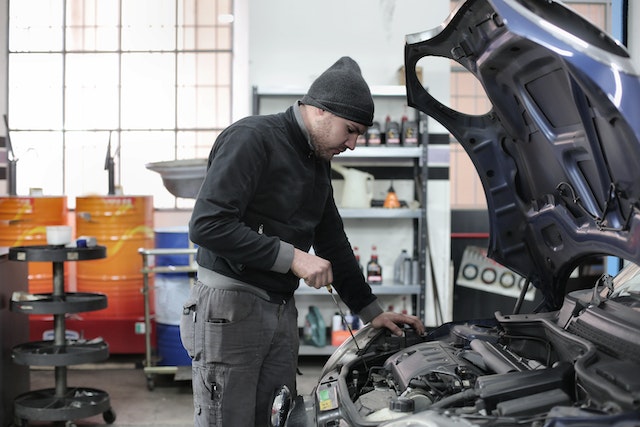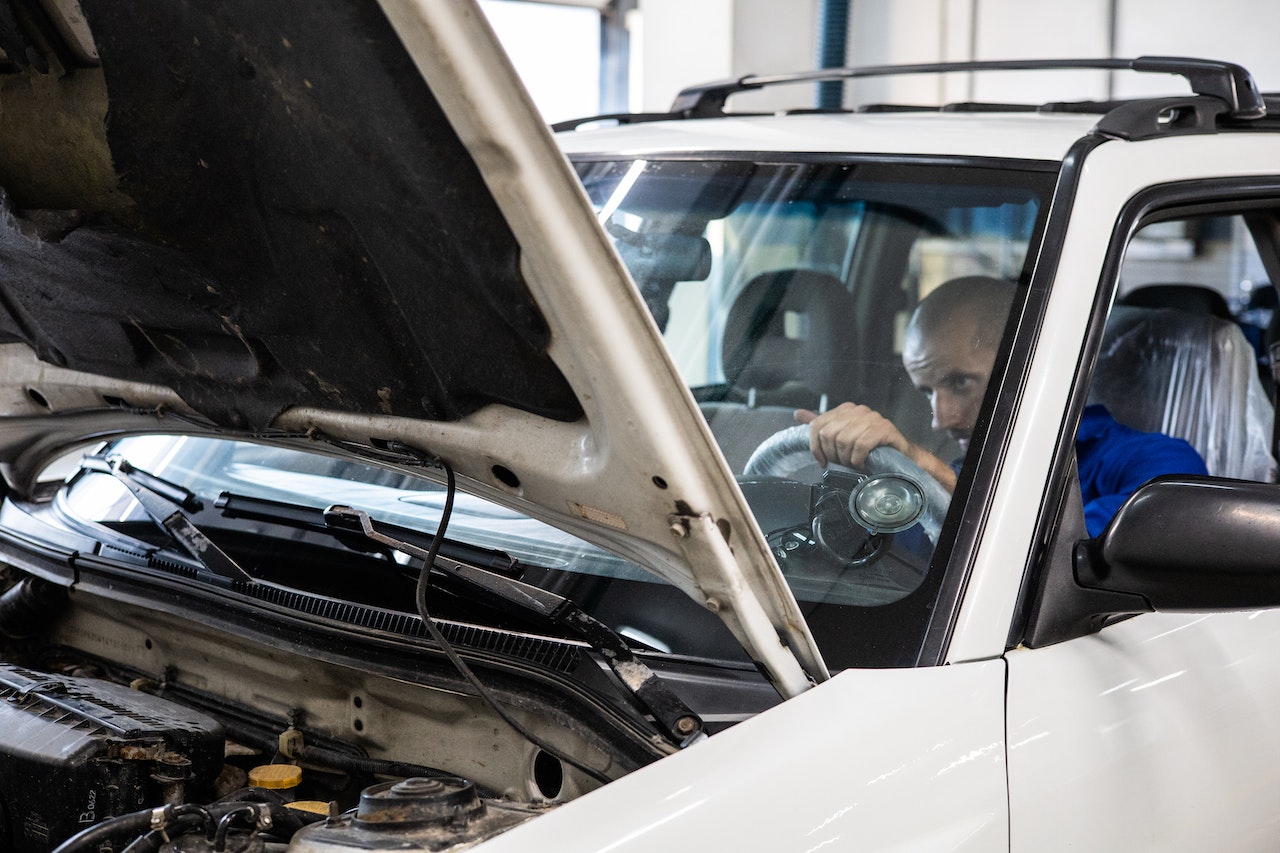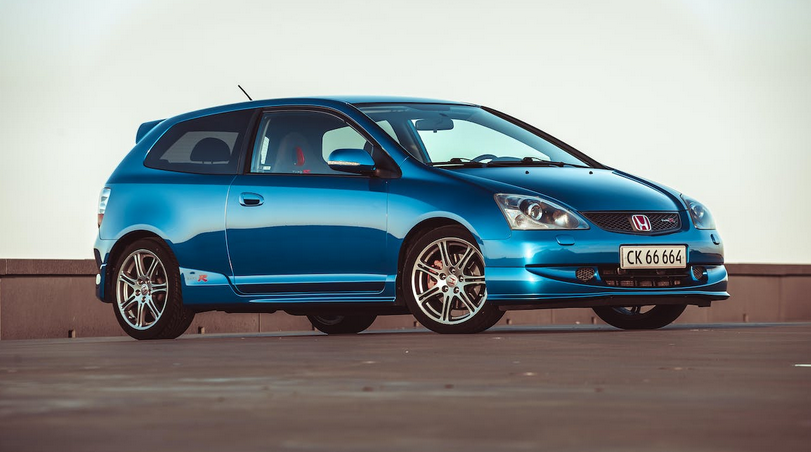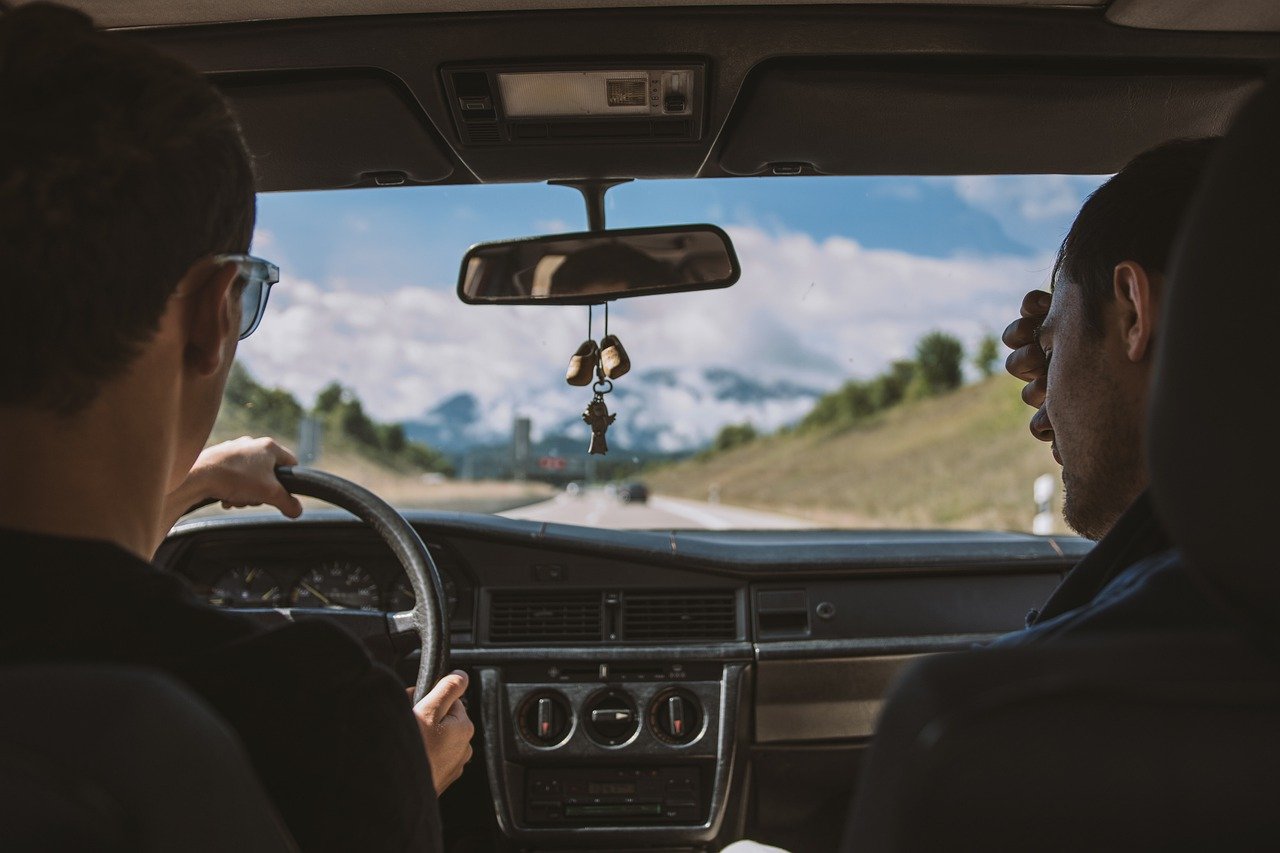Buying a used car can be a great way to get a reliable vehicle at an affordable price. But if you’re not careful, you could end up with a lemon that will cost you time and money in repairs down the line. Before committing to the purchase of any second-hand vehicle, it’s important to take the time to inspect it thoroughly and make sure there are no hidden issues. If your car looks really old and has a lot of miles, it might be wise to contact a Car scrap company. Here are some tips on how to spot potential problems with a used car before you buy.
Look for Signs of Rust or Corrosion
Rust and corrosion can indicate water damage that could cause long-term issues. Pay particular attention to the undercarriage, wheel wells, and rear brake discs. Mostly, rust will be found in places that have been exposed to moisture. Moreover, it can be a sign of bigger issues like failed seals or gaskets.
Check the Tires for Uneven Wear or Damage
Uneven tire wear is an indicator that something is wrong with the suspension, brakes, or alignment. Look for bulges, which could indicate weak spots in the rubber caused by excessive heat and pressure.

Check the Engine Oil, Coolant, and Other Fluids
Dirty oil or low levels of fluid could be a sign that the car has not been well maintained. Be sure to also check for leaks that could indicate a more serious problem with the car. Most of the time, fluids can tell you a lot about the car’s condition.
Test Drive the Car and Pay Attention to Noises
Listen for strange noises that could indicate a potential problem with the brakes, suspension, or transmission. Also, be aware of any vibrations which may point to problems with the engine or exhaust system.
Look at the Upholstery and Other Interior Features
Check for rips or tears in the upholstery that could indicate the car has seen heavy wear. Also, look for moldy spots, which can be a sign of water damage. If the carpets are discolored or have an unpleasant odor, it could be indicative of a bigger problem as well.

Look for Signs of Body Damage or Repairs
Evidence may be that a repair was attempted but done poorly or incompletely. Be sure to check for rust or paint overspray in areas where it shouldn’t exist or mismatched panels that indicate shoddy bodywork.
Have an Expert Inspect the Car if Necessary
If you’re not sure what to look for when inspecting a used car, it might be a good idea to take it to a mechanic or car expert who can give you an honest assessment of its condition and any potential problems. They may even be able to spot issues that you might miss.
In Conclusion
Inspecting a used car before you purchase it is the best way to make sure you don’t end up with an expensive lemon. By looking for signs of rust, corrosion, body damage, or leaks and having an expert inspect it if necessary, you can ensure that your used car won’t cost you money in the future.




